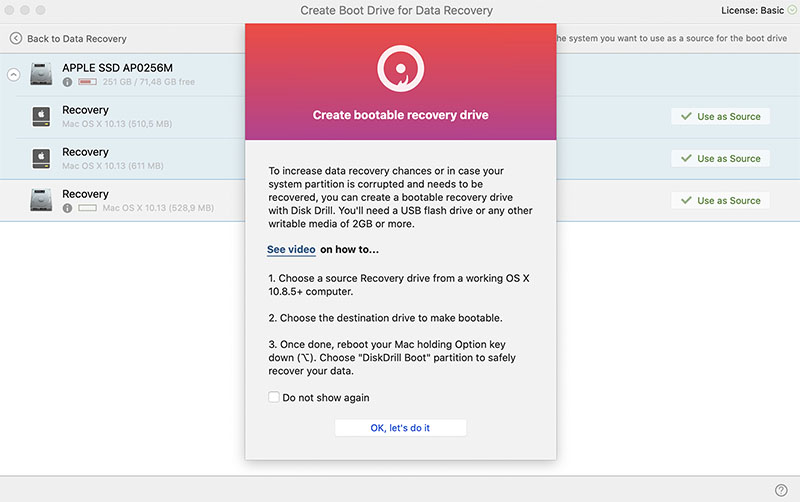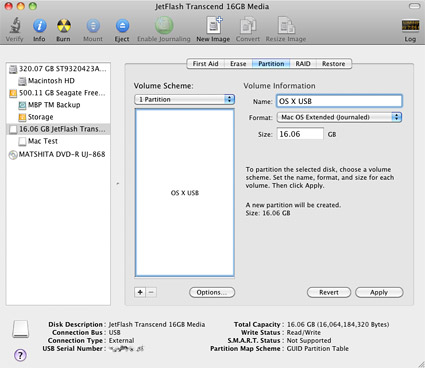

- Make usb drive bootable for mac mac os x#
- Make usb drive bootable for mac install#
- Make usb drive bootable for mac upgrade#
- Make usb drive bootable for mac software#
Make usb drive bootable for mac software#
That's it! Installing El Capitan for testing purposes is a great way to get the experience of what changes the new OS brings, see how that impacts existing applications and settings, and discover how well it plays in the enterprise.Īnother word of warning, being a beta product means that the software will not play nice in some instances, particularly when flagging errors.

Make usb drive bootable for mac mac os x#
be used directly in Mac OS X Boot Camp to get Windows 10 on your system. It's best to verify that the files were written to the drive by opening the partition and checking ( Figure E). Then click the Create a bootable USB drive option and select an ISO image.
Make usb drive bootable for mac install#

Better to err on the side of caution by installing this on a non-critical device, virtualized instance, or separate partition.
Make usb drive bootable for mac upgrade#
SanDisk USB Flash Drive * in the BIOS as the first boot device.In other words, if your life (okay, perhaps more like your work) depends on it, don't go installing this as an upgrade to your existing OS X install. You can now remove the USB Flash drive and use it to boot into Fedora by selecting The reason for using rdisk2 on Mac is because it runs really slow using /dev/disk2 on my system for some reason. Note: On Linux you may need to change the bs=1m to bs=1M and remove the r prefix from diskX. It should take a couple of minutes to copy and then you’ll see the following output: 1556+0 records inġ631584256 bytes transferred in 120.953180 secs (13489387 bytes/sec)

sudo dd if=~/Downloads/Fedora-Workstation-Live-x86_64-27-1.6.iso of=/dev/rdisk2 bs=1m Warning: Make sure the USB device is empty or the data has been backed up and you chose the correct device number when running the following commands or you will LOSE your data.Īssuming you’ve downloaded the ISO to the Downloads folder, run the following command to copy the ISO to the USB Flash Drive (replace disk2 with the disk number of the USB on your system). You can also set a volume labe for that USB drive. Step 3: Click Browse button to import macOS dmg file into the program.And select the USB drive name from the second row. Step 2: Insert your formatted USB drive, and click Burn tab on the main screen. Step 3: Copy the Fedora ISO to the USB Flash Drive Step 1: Right-click the software icon on desktop and select Run as Administrator from the contextual menu.Choose Run when prompted. Unmount the external disk by running the following command (replace /dev/disk2 with the disk number of the USB found on your system): diskutil unmountDisk /dev/disk2


 0 kommentar(er)
0 kommentar(er)
